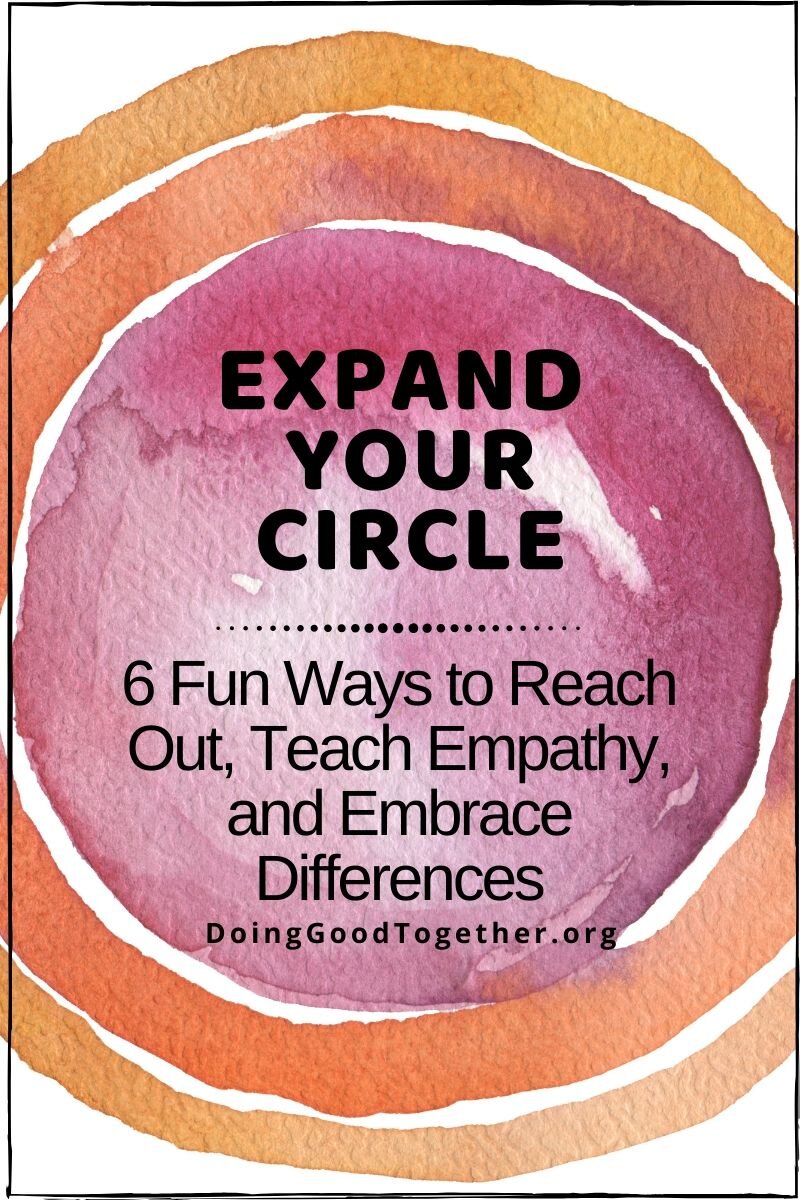BIASED BABIES? START EARLY TO EDUCATE ABOUT DIVERSITY
Children are intrigued by difference much earlier than you think. Babies as young as six months stare longer at photos of people whose skin color is different from their own. By age 2 or 3, children are aware of gender, may notice people with disabilities, and are often curious about differences in physical features.
Some parents choose not to acknowledge what their children are noticing, wanting to signal that they are "colorblind" or don't "see" disabilities. These parents worry that acknowledging differences will make their children more biased. Research suggests just the opposite, however. If you are silent about differences, children are left to assume that the stereotypical (mis)representations in our culture are accurate.
According to the American Psychological Association, when you discuss human differences with your children, openly and matter-of-factly, they become more respectful of those variations, are more able to recognize discrimination, feel better about themselves, and are better prepared to live in a diverse world. So how do you discuss human variety, acknowledge discrimination and bias -- and celebrate our commonalities and our differences? Here are some important tips.
-Jenny Friedman, Executive Director
EMBRACE DIVERSITY
Make a Difference...
Look for events like a Somali Independence Day Festival, Cinco de Mayo Celebration, or Japanese Obon Festival. Use your visits to talk about the beauty and richness different cultures offer.
Encourage diverse friendships for your child. Think about people of different genders, ages, ethnicities, and abilities -- and seek out such friendships yourself.
Take action to protest bias. Is there a lack of diverse characters in the school's library books? With your child, write a letter to the librarian or principal to encourage more multicultural reading materials. Disturbed that classmates with disabilities are being harassed? Talk about how your family might help create a more welcoming school climate by, for example, assisting with the implementation of a social-emotional learning program.
Make a flowered headband like Frida Kahlo wore. Play music by the Gipsy Kings. Read books about other ways of life, like Children of the World: How We Live, Learn, and Play in Poems, Drawings, and Photographs by Anthony Asael. Cook a Ukranian beet borscht. Along with treating your kids to a fun, culturally rich environment at home, talk about your own family's heritage and customs.
Use teachable moments. Yes, children's questions can be embarrassing ("Why is the woman wearing that?), but most people understand that children are naturally curious. Responding to your child's queries can lead to meaningful conversations.
UPDATED in 2020: Let’s raise an antiracist generation with DGT’s Evolving Collection of Resources, Expert Tips, Books, Videos, and Advocacy Tools
HOW TO TALK ABOUT DIVERSITY & DIFFERENCES
Learn About It...
Like many conversations that matter (sex, drinking, bullying), talking about difference, discrimination, and bias can be uncomfortable. But it's important to do. Studies show that children who grow up in households where race and differences are discussed are much more likely to have healthy attitudes about these things. Here are places to start.
Welcome your children's questions, but respond decisively to any inappropriate remarks. To get them thinking critically, pose questions that point out stereotypes, starting with "What made you say that?" Provide non-stereotypical examples to counter misperceptions. Talk about why the comment was unacceptable. Be gentle, not strident.
Teach children respectful disability and inclusive gender language, remind them of the variety of family structures, and encourage them to avoid generalizations. ("Boys don't like to play with dolls.")
Point out and praise your child for actions and remarks that show empathy and compassion for others. ("I'm so proud of the way you helped that little boy on the play ground. You really made his day!")
Practice with your children how to respond if they themselves experience discrimination or bias. Role play possible scenarios with them and discuss who they can go to for support.
Frame your conversations about discrimination around a child's innate interest in fairness. ("How would it feel if you couldn't go to the school you wanted, have the job you wanted, or play the sport you loved because of the way you look or what you believe in?")
Point out stereotypes you notice when watching television, reading together, or listening to the news, whether in gender, age, ability, culture, or race. Seek out stories of those who fight discrimination, like Nobel Prize winner Malala Yousafzai's work for gender equality and Rosa Parks' struggle for racial equality. (Check out the book ROSA PARKS: MY STORY by Rosa Parks and Jim Haskins).
Learn About It...
Be intentional about what your children read and watch, focusing on books, movies, and other media that deal with varied people and cultures. Look for stories that transcend stereotypes of age, race, gender, family structure, and abilities. Here are some resources:
Doing Good Together has a great list of picture books and chapter books highlighting diversity, plus a downloadable DGT Toolkit for Raising an Anti-Racist Generation.
This Scholastic article recommends books from a variety of cultures -- and provides tips on sharing diversity with your child.
Colours of Us has suggestions for multicultural books, toys, clothing, art supplies, and more.
Social Justice Books has booklists and a guide for selecting anti-bias children's books.
INSPIRATION
"It is time for parents to teach young people early on that in diversity there is beauty and there is strength."
-Maya Angelou, American poet and activist









